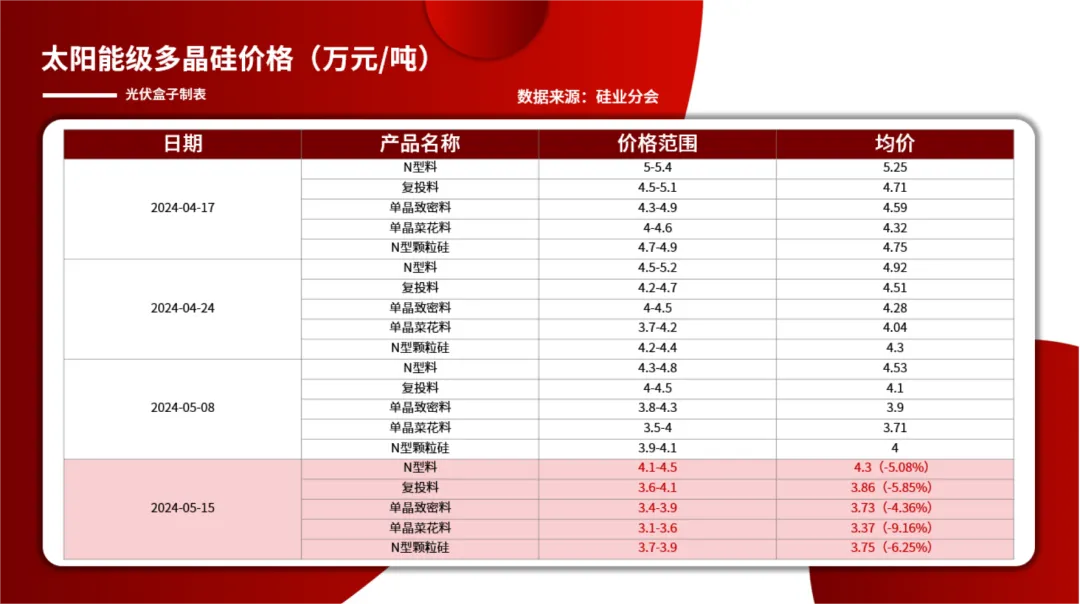calculate the solar panel size in watt
Calculating the Solar Panel Size in Watts A Comprehensive Guide
As renewable energy sources become increasingly popular, many homeowners and businesses are turning to solar power to reduce their energy costs and carbon footprints. However, determining the appropriate size of a solar panel system can be a challenging task. Not only do you need to consider your energy needs, but you must also evaluate the solar potential in your location, the efficiency of the solar panels, and additional factors such as shading and roof orientation. This guide aims to break down the process of calculating the size of a solar panel system in watts.
Understanding Your Energy Needs
The first step in calculating the size of your solar panel system is to understand your energy consumption. Review your utility bills over the past year to determine your average monthly usage in kilowatt-hours (kWh). This information is usually documented on your bill, allowing you to calculate your annual energy consumption.
For example, if your monthly usage is 900 kWh, your annual consumption would be
\[ \text{Annual Consumption} = 900 \text{ kWh/month} \times 12 \text{ months} = 10,800 \text{ kWh/year} \]
Evaluating Solar Potential
Next, you need to assess the solar potential in your area. This can vary significantly based on geographic location, weather patterns, and seasonal changes. Solar insolation, or the amount of sunlight received in a specific area, is typically measured in kilowatt-hours per square meter per day (kWh/m²/day). Resources like the National Renewable Energy Laboratory (NREL) provide solar maps that can help you find the average solar insolation for your location.
As a rough estimate, many regions in the United States receive about 4 to 6 kWh/m²/day. Let’s assume that your area receives an average of 5 kWh/m²/day.
Calculating the Required Solar Panel Output
To estimate the total wattage needed for your solar panel system, you can use the formula
\[ \text{Total Wattage Needed} = \frac{\text{Annual Consumption (kWh)}}{\text{Solar Insolation (kWh/m²/day)} \times 365 \text{ days}} \]
Using the numbers we have, we can plug them into the equation
\[ \text{Total Wattage Needed} = \frac{10,800 \text{ kWh/year}}{5 \text{ kWh/m²/day} \times 365 \text{ days}} \]
Calculating this gives
calculate the solar panel size in watt

\[ \text{Total Wattage Needed} = \frac{10,800}{1,825} \approx 5.91 \]
This result means you would need a solar panel system capable of producing approximately 5.91 kW to meet your energy consumption needs.
Accounting for System Losses
It’s important to note that real-life performance can be affected by losses due to shading, inefficiencies in the inverter, wiring losses, and so forth. A common estimate for system losses is around 20%. Therefore, to find the adjusted total wattage, you can use the following formula
\[ \text{Adjusted Total Wattage} = \frac{\text{Total Wattage Needed}}{(1 - \text{Loss Percentage})} \]
This means
\[ \text{Adjusted Total Wattage} = \frac{5.91 \text{ kW}}{(1 - 0.20)} = \frac{5.91 \text{ kW}}{0.80} \approx 7.39 \text{ kW} \]
Selecting the Number of Panels
Finally, to determine the number of solar panels required, divide your adjusted total wattage by the wattage of a single solar panel. For instance, if you are using solar panels rated at 300 watts each, the equation would be
\[ \text{Number of Panels} = \frac{\text{Adjusted Total Wattage}}{\text{Wattage per Panel}} \]
\[ \text{Number of Panels} = \frac{7,390 \text{ watts}}{300} \approx 24.63 \]
Rounding up, you would need approximately 25 solar panels.
Conclusion
Calculating the size of a solar panel system in watts requires careful consideration of your energy usage, local solar insolation, and system losses. By following the steps outlined above, you can take the first step towards harnessing solar energy effectively, reducing your reliance on fossil fuels, and contributing to a more sustainable future. Whether you’re a homeowner or a business owner, investing in solar power can lead to significant long-term savings and environmental benefits.
-
Unlocking Energy Freedom with the Off Grid Solar InverterNewsJun.06,2025
-
Unlock More Solar Power with a High-Efficiency Bifacial Solar PanelNewsJun.06,2025
-
Power Your Future with High-Efficiency Monocrystalline Solar PanelsNewsJun.06,2025
-
Next-Gen Solar Power Starts with Micro Solar InvertersNewsJun.06,2025
-
Harnessing Peak Efficiency with the On Grid Solar InverterNewsJun.06,2025
-
Discover Unmatched Efficiency with the Latest String Solar InverterNewsJun.06,2025







